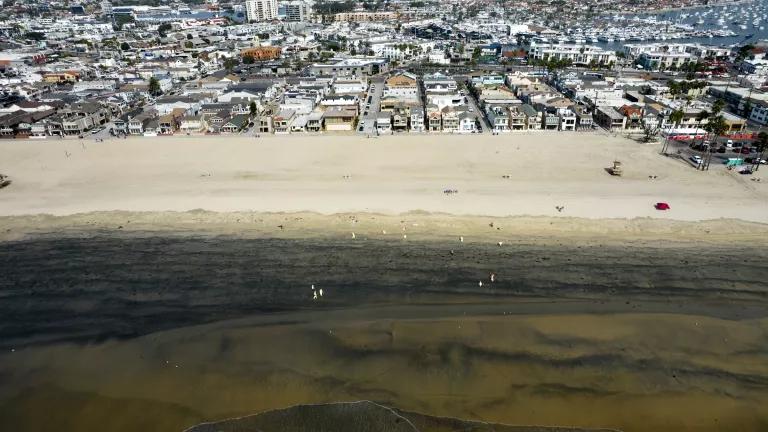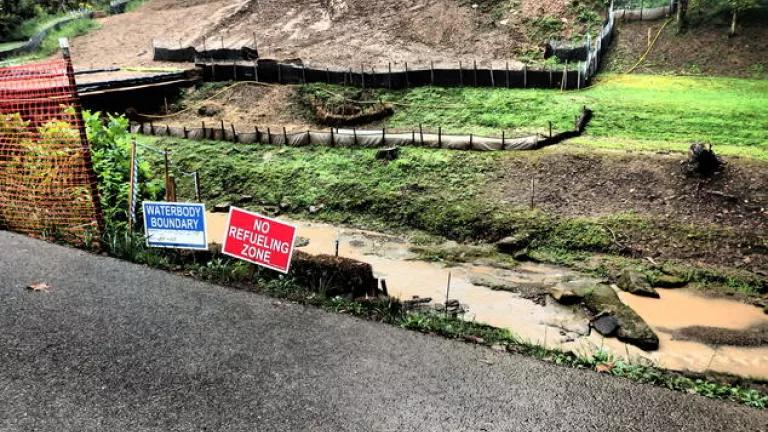Trump Administration Eyes Forests for Oil and Gas Drilling

The U.S. Forest Service is poised to finalize a new rule that could devastate large areas of forest—and exacerbate the climate crisis.
Everyone has their eyes on forests these days. They provide critical resources that every human depends on, like clean water and purified air. And they play a key role in protecting our planet by storing the carbon that fuels climate change.
For millennia, Indigenous People, through their interactions with and stewardship of these lands have provided a clear example of all the positive societal, economic, and ecological benefits forests can provide. Despite centuries of development in every corner of America, broad swaths of heavily forested areas can be found across the country, benefiting everyone calling this continent home in innumerable ways. The National Forest System, which today spans 193 million acres, holds the promise of providing everyone a source of inspiration and all of the benefits that forests have provided to humans throughout our history.
But are these forests also a place for producing oil and gas?
If the Trump administration gets its way, a new rule—first teased back in the summer of 2018 and expected to be finalized soon—could drastically alter U.S. Forest Service regulations surrounding oil and gas leasing and operations on National Forest land. In doing so, the rule seeks to ensure “better alignment with BLM [Bureau of Land Management] regulations”—a laughable goal given the outlandish and irresponsible practices of the Bureau in regard to leasing the lands it manages for oil and gas production.
If past is prologue, this deregulatory effort is a needless and risky waste of Forest Service resources. Consider the Allegheny National Forest as a prime example of why national forest lands should be the last place oil and gas companies are allowed to explore and extract their dirty products. The Allegheny, which is heavily developed due to some quirks in who “owns” its underground minerals versus the surface land, is home to the most oil and gas production of any national forest in the country. Since 2016 alone, 3,000 oil and gas wells have been abandoned, leaving taxpayers on the hook to clean up these toxic wells that dot the landscape.
Elsewhere in the country, oil and gas production in national forests is relatively rare, with less than one-third of national forest units hosting any oil and gas activity at all. And even where they do, such activity is extremely limited, due in large part to other prioritized uses, such as watershed management, recreation, and timber production, that have easily trumped any supposed value that might come from attempting to exploit oil and gas within their borders.
The new rule imagines a future where more of the National Forest System is like the Allegheny. By simplifying “the decision making process for oil and gas leasing,” the rule would allow subsurface mineral rights to be sold to the highest bidder—or, as we have seen frequently on Bureau of Land Management-run lands, the lowest bidder. The outcome is increasing privatization of public lands with the Forest Service placed in the position of approving surface disruptions that could forever alter these critical national forest landscapes.
By compiling reports from the Bureau of Land Management, our partners at the Wilderness Society and Rocky Mountain Wild have mapped out Forest Service land where there is a potential for oil and gas drilling under the new rule. Vulnerable national forests and grasslands include:
- Medicine Bow, Routt, Gunnison, Grand Mesa, Uncompahgre, White River, Pike, San Juan, Rio Grande, Pawnee, and Comanche in Colorado.
- Beaverhead, Custer, and Gallatin in Montana
- Humboldt in Nevada
- Santa Fe, Carson, Cibola, Gila, Lincoln, and Kiowa and Rita Blanca in New Mexico
- Ashley, Wasatch, Uinta, Cache, Manti-La Sal, Fishlake, and Dixie--representing every national forest in Utah
While these are not the only lands subject to this rule or the only places new drilling might be authorized, the list represents a troubling first look at the most vulnerable areas.

Though the content of the final rule remains under wraps at this time, the information made public in 2018 also shows the administration’s ongoing push to cut out the public’s ability to scrutinize and oversee how federally controlled resources are managed. Of particular concern are the proposals to:
- “Streamline” the process for identifying lands available for oil and gas leasing.
- Change the procedures for developing, reviewing, and approving “surface use plans of operations” (essentially an operators blueprint for how they will manage the disturbance to the landscape and environment caused by oil and gas exploration, drilling, and production).
- Change, and potentially loosen, the requirements imposed on operators for protecting “natural resources and the environment.
- Change how the Forest Service will inspect and ensure compliance with environmental regulations
The irresponsible nature of this rule is especially clear in light of our current national and international circumstances. With the COVID-19 pandemic continuing to drive reduced demand for fossil fuels, initiatives to “promote domestic oil and gas production by allowing industry to begin production more quickly” are examples of a complete failure of responsible resource management. The companies that may have sought these regulatory changes back in 2018 are the same ones declaring bankruptcy at an alarming rate today. Pile onto this situation the ever more pressing threat of catastrophic climate change, and one wonders why the limited oil and gas resources present in our national forests are even being considered for development.
National forests are already facing numerous stresses ranging from overexploitation to climate change. Yet we need them now, more than ever, for their unmatched ability to capture and store greenhouse gases and provide clean water. So let’s end this sad “energy dominance” charade and keep our eye on the actual issues that will ensure a better life and future for all people of the world.



